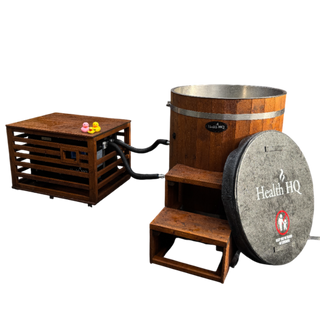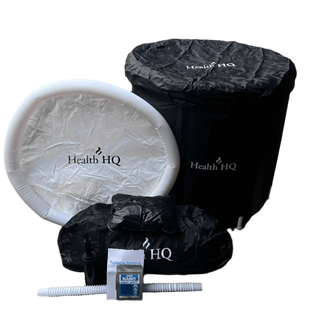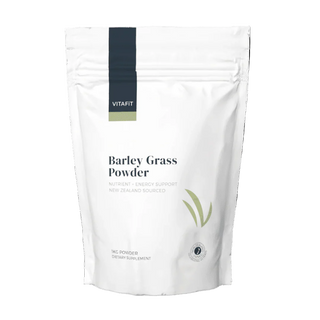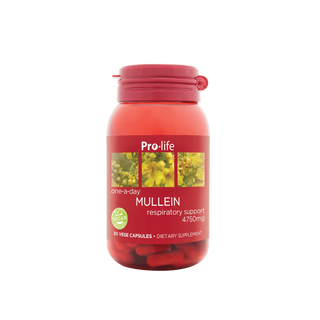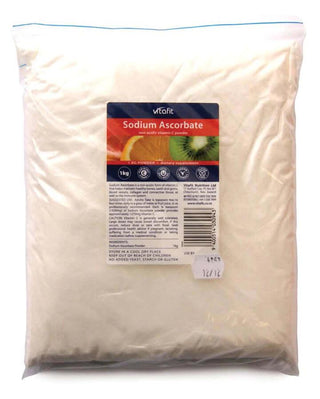Unlocking the Power of Intermittent Fasting: A Comprehensive Guide
At HealthHQ, we’re dedicated to providing science-backed wellness strategies. Intermittent fasting (IF) has surged in popularity as a flexible, effective approach to weight management, metabolic health, and mental performance. In this post, explore the benefits of intermittent fasting, compare intermittent fasting schedules, and learn expert intermittent fasting tips to kick-start your IF journey.
What Is Intermittent Fasting?
Intermittent fasting is an eating pattern alternating between eating windows and fasting periods. Unlike restrictive diets, IF focuses on when you eat, not what you eat. This strategy harnesses your body’s natural hormonal cycles to promote fat-burning, improved insulin sensitivity, and cellular repair.
Popular Intermittent Fasting Schedules
Use these proven IF plans to find your ideal intermittent fasting schedule:
|
Method |
Fasting Window |
Eating Window |
Best For |
|
16/8 Method |
16 hours |
8 hours (e.g., 12–8 p.m.) |
Beginners, daily routine |
|
5:2 Approach |
N/A |
Normal 5 days; 2 days at 500–600 kcal |
Flexible, low-calorie days |
|
Eat-Stop-Eat |
24 hours |
N/A |
Experienced fasters |
|
Alternate-Day Fasting |
36 hours cycle |
12 hours eating, 24 fasting |
Weight loss focus |
|
Warrior Diet |
20 hours |
4 hours |
Athletes, high-intensity trainers |
Tip: Start with the 16/8 method and adjust to an alternate-day fasting or 5:2 approach as your body adapts.
Top 5 Science-Backed Benefits of Intermittent Fasting
- Enhanced Fat Burning: Lower insulin levels and higher human growth hormone boost lipolysis and fat oxidation during fasting periods.
- Improved Insulin Sensitivity: Regular fasting cycles help stabilize blood sugar and reduce risk factors for type 2 diabetes.
- Cellular Repair & Longevity: IF triggers autophagy, the body’s natural process for clearing damaged cells and regenerating new ones.
- Mental Clarity & Focus: Many practitioners report sustained energy and improved concentration, driven by consistent ketone production.
- Cardiovascular Health: Studies show IF can improve cholesterol profiles and reduce inflammation markers, supporting heart health.
Practical Tips to Build Your IF Plan
- Stay Hydrated: Drink water, herbal tea, and black coffee to curb hunger and maintain hydration.
- Focus on Nutrient-Dense Foods: During eating windows, fill your plate with lean proteins, healthy fats, vegetables, and whole grains.
- Listen to Your Body: If you experience dizziness or extreme fatigue, shorten your fasting window or consult a healthcare professional.
- Be Consistent: Give your body 2–4 weeks to adapt before assessing progress.
- Integrate Movement: Combine light cardio, strength training, or yoga with fasting to maximize fat oxidation and muscle preservation.
FAQs: Your Intermittent Fasting Questions Answered
Q: Will intermittent fasting slow down my metabolism?
A: Short-term fasts (12–24 hours) do not significantly impact metabolic rate. Longer fasts require professional guidance.
Q: Can I drink coffee during fasting?
A: Yes—black coffee and unsweetened tea contain minimal calories and can support appetite control.
Q: What if I miss my eating window?
A: Skip the meal and resume normal eating at the next scheduled window to maintain your fasting rhythm.
Q: Is it safe for women?
A: Women may be more sensitive to fasting. Start with a 12–14 hour fast and monitor menstrual cycle changes.
Is Intermittent Fasting Right for You?
Intermittent fasting provides a versatile framework to improve health markers and simplify meal planning. By aligning meals with your body’s natural rhythms, you can enhance weight management, cognitive performance, and overall well-being.








